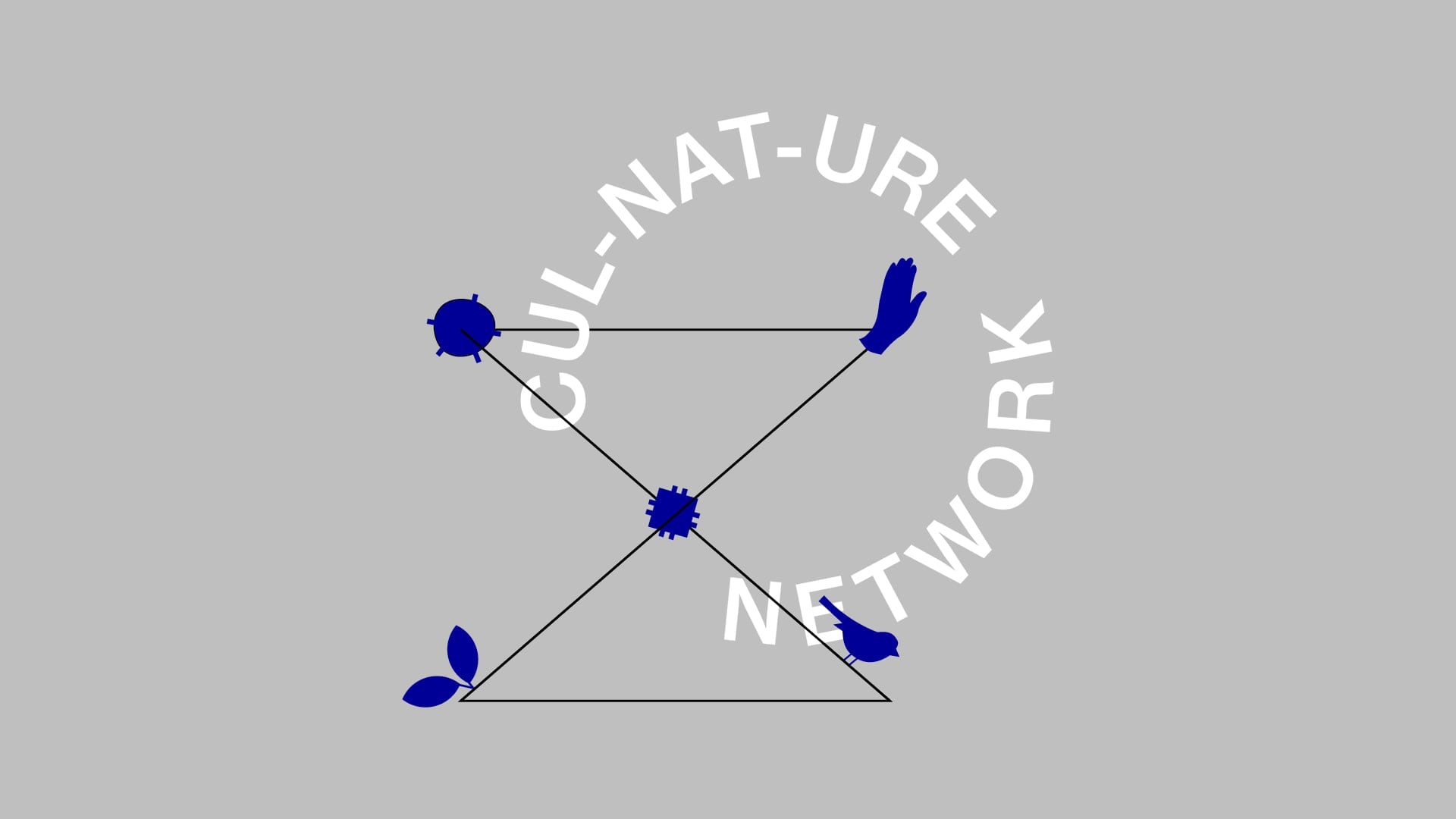






Post Social: Towards design beyond the human
Design Research, 2019
Forthcoming in “NERD - New Experimental Research in Design 2” edited by Christensen, Michelle, Michel, Ralf and Jonas, Wolfgang. Birkhäuser, 2021. ISBN 9783035623666.
Abstract
Human activity has unprecedentedly transformed Planet Earth, the atmosphere, the surface, and ecosystems. Today, all living and non-living beings are facing ecosystem collapses. If one does not rapidly quetion contemporary living, thinking and making, all beings will have to face environmental degradation as never experienced before.
Contemporary design discourse aims to understand complexity by utilizing systems thinking. Pursuing to holistically understand the conditions in which design projects are mostly human-, or user-centered. This limited understanding of context through the lens of the human is reproducing unintended adverse, like the co-creation of climate change.
In contrary, Post-Social Design advocates towards understanding that we are nature and that being natural always means to be more than just human. It proposes a paradigm shift within the discipline that fosters inclusivity of non-human entities and the acknowledgment of interconnectedness. Research on urban forests showed the street tree’s loss of social capacities, as trees reside in isolation of each other. Soil-exchange practices embrace the complexity to think of alternative realities to foster ontological and ecological transitions towards interrelatedness.
Excerpt
“Design, stripped to its essence, can be defined as the human capacity to shape and make our environment in ways without precedent in nature, to serve our needs and give meaning to our lives.”1
The notion of ‘social design’ and ‘human-centered design’ require urgent redefinition. Post-Social Design advocates for inclusivity of non-human entities and the acknowledgment of interconnectedness of human and nature in the design discourse. The term society descends on the Latin word sŏcĭĕtas, meaning “fellowship, association, union, community, society (implying union for a common purpose).”2 The term society used without an article implies the entirety of humanity. It derived from the noun sŏcĭo (social), describing “to join or unite together, to associate; to do or hold in common, or to share a thing with another".3 The definition relates, again, to the interaction between parties of human entities.
Post-Social Design is in line with Bruno Latour’s critiques of “the sociology of the social”, the usage of society to study society. He proposes a “sociology of association” (actor-network theory) which tries to study the association of agents, the relational settings of elements (or non-human and human beings). The social becomes a principle of connections, rather than the context of existence.4
Post-Social Design uses the term post, referring to of time, afterward, after, later, to introduce a makeshift in design, post the era of human-centricity, and calls for embracement of Latour’s notion of relationality and the inclusion of more-than-human entities. The term “Post-Social Design” provides an alternative and expands towards beyond the human and necessarily to the posthuman. The ambition of this ontological claim might bring clarity and theoretical productivity towards new processes and research in design. Post-social communities are posthuman unions, which are grounded by the coexistence on this planet.
The concept of the “the posthuman,” stands for, as Laura Forlano identified, “the non-human, the multispecies, the anthropocene, the more than human, the transhuman and the decentering of the human.”5 Forlano points out that humanity will be adaptable with its methods, frameworks, and practices while engaging with “non-human knowledge and ways of being in the world.” She further argues that an expanded “understandings of the multiple agencies, dependencies, entanglements, and relations” will emerge.6 She concludes that related practices are not yet developed and grounding posthuman theory in practice has yet to be done. In short, Design must engage with epistemological and ontological concerns.
Post-Social Design “must transcend the limitations of human-centered design.”7 With “Post-Social” I refer to a society that extends beyond the human, as Eduardo Kohn writes: “Beyond […] exceeds, at the same time that it is continuous with, its subject matter; [design] beyond the human is still about the human, even though and precisely because it looks to that which lies beyond it—a “beyond” that also sustains the human.”8 Post-Social Design addresses the meaning of humanity not in separation but in relation to nature and culture. As we now understand that everything is being designed, even “the climate, processes, and refugee camps,”9 it is about time to acknowledge worlds’ interdependency. This intention advocates for a “new social design”10 practice, which “specificity lies in its definition of social as its [relationality] rather than in the objects it ends up creating.”11 Its early stages sit in-between “agnostic design” and “design activism”. Its outcomes “are strange and [it uses] interventions that lead to debate.”12 Its modes are manifested not so much in the artifacts of practices, but more in the performative aspects of interventions in the public. A public of “disruptions”13 in which multispecies co-existence provoke and “reframe the relation between [entities].”14 The Post-Social Design paradigm thus emerges in the global search for rapid change and multi-species cohabitation. It sates itself as an essential pursuit worthy of further investigation.15

Furthermore, have social scientists and theorists never earnestly considered the design discipline and its implications across scales. Escobar notes, that “designers have gone about their task without sufficient critical awareness of the fundamental fact that what they do indelibly shapes the kinds of subjects we become, the ecologies we inhabit, what we enable or destroy.”16
Anne-Marie Willies describes this notion as ontological design: “We design our world, while our world acts back on us and designs us.”17 The French philosopher, anthropologist and sociologist Bruno Latour expresses in the proceedings of the 2008 annual international conference of the design history society:
“What is more, design has been extended from the details of daily objects to cities, landscapes, nations, cultures, bodies, genes, and, as [he] will argue, to nature itself – which is in great need of being re-designed.”18
Cited Work
1 Heskett, John. Design: A very short introduction. Vol. 136. Oxford University Press, 2005.
2 Lewis, Charlton Thomas, William Freund, and Charles Short. A Latin dictionary: founded on Andrews' edition of Freund's Latin dictionary. Clarendon Press, 1969.
3 Short, Charles, Ethan Allen Andrews, William Freund, and Charlton Thomas Lewis. A Latin dictionary: founded on Andrews' edition of Freund's Latin dictionary. Clarendon Press, 1879.
4 Latour, Bruno. Reassembling the Social: An Introduction to Actor-Network-Theory. Oxford: Oxford University Press USA - OSO, 2005. Accessed May 4, 2019. ProQuest Ebook Central, 4-15.
5 Forlano, Laura. "Posthumanism and design." She Ji: The Journal of Design, Economics, and Innovation 3, no. 1 (2017): 16-29, 17.
6 Forlano, Laura. "Posthumanism and design." She Ji: The Journal of Design, Economics, and Innovation 3, no. 1 (2017): 16-29, 17.
7 Faste, Haakon. "A Post-Human World Is Coming. Design Has Never Mattered More." Fast Company. July 10, 2018. Accessed April 29, 2019. https://www.fastcompany.com/3060742/a-post-human-world-is-coming-design-has-never-mattered-more.
8 Kohn, Eduardo. How forests think: Toward an anthropology beyond the human. University of California Press, 2013.
9 von Borries, Friedrich. To Project the World: Towards a Political Theory of Design. Suhrkamp Verlag, 2016.
10 Koskinen, Ilpo. "Agonistic, convivial, and conceptual aesthetics in new social design." Design Issues 32, no. 3 (2016): 18-29.
11 Koskinen, Ilpo. "Agonistic, convivial, and conceptual aesthetics in new social design." Design Issues 32, no. 3 (2016): 18-29, 18.
12 Koskinen, Ilpo. "Agonistic, convivial, and conceptual aesthetics in new social design." Design Issues 32, no. 3 (2016): 18-29, 28.
13+14 Rancière, Jacques. Aesthetics and its Discontents. Polity, 2009, 72.
15 Koskinen, Ilpo. "Agonistic, convivial, and conceptual aesthetics in new social design." Design Issues 32, no. 3 (2016): 18-29, 29.
16 Escobar, Arturo. "Arturo Escobar On His Book Designs for the Pluriverse: Radical Interdependence, Autonomy, and the Making of Worlds." Rorotoko. April 22, 2018. Accessed April 05, 2019. http://rorotoko.com/interview/20180423_escobar_arturo_on_book_designs_pluriverse_radical_interdependence/?page=4.
17 Willis, Anne-Marie. "Ontological designing." Design philosophy papers4, no. 2 (2006): 69-92, 70. 18 Latour, Bruno. "A cautious Prometheus? A few steps toward a philosophy of design (with special attention to Peter Sloterdijk)." In Proceedings of the 2008 annual international conference of the design history society, pp. 2-10. 2008.
Special Thanks
Jason Stein (Advanced Volunteer Coordinator, Parks Stewardship), Peter Lechnir (Forest Restoration Project Leader), and Dylan Di Luccio (Community Organizer) at New York City Department of Parks and Recreation.
Thanks to John Bruce, Anthony Dunne, Jamer Hunt, Fiona Raby, and Joey Lee. Further thanks to the faculty advisors Patricia Beirne, Elliott Montgomery, Lara Penin, Eduardo Staszowski, Jilly Traganou, and Anna Matthiesen.